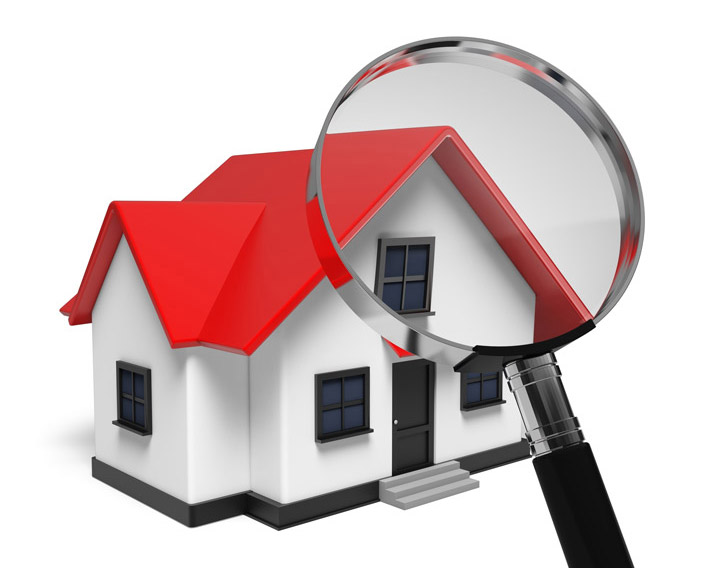
What Are the Components of an Appraisal?Buying a house can be the largest financial decision most people might ever consider. Whether it's where you raise your family, an additional vacation home or a rental fixer upper, the purchase of real property is a complex financial transaction that requires multiple parties to pull it all off. Most of the participants are quite familiar. The real estate agent is the most familiar entity in the transaction. Next, the lender provides the financial capital required to bankroll the deal. And ensuring all requirements of the sale are completed and that the title is clear to pass from the seller to the purchaser is the title company. So, what party makes sure the value of the real estate is consistent with the purchase price? In comes the appraiser. We provide an unbiased opinion of what a buyer might expect to pay — or a seller receive — for a parcel of real estate, where both buyer and seller are informed parties. A licensed, certified, professional appraiser from Cambra and Associates Appraisal Services will ensure, you as an interested party, are informed. Appraisals start with the home inspectionOur first responsibility at Cambra and Associates Appraisal Services is to inspect the property to determine its true status. We must see features first hand, such as the number of bedrooms and bathrooms, the location, living areas, etc, to ensure they truly are present and are in the condition a reasonable buyer would expect them to be. The inspection often includes a sketch of the property, ensuring the square footage is accurate and illustrating the layout of the property. Most importantly, we look for any obvious features - or defects - that would affect the value of the house. Once the site has been inspected, we use two or three approaches to determining the value of real property: a paired sales analysis, a replacement cost calculation, and an income approach when rental properties are prevalent. 
Cost ApproachThis is where the appraiser analyzes information on local construction costs, labor rates and other factors to determine how much it would cost to replace the property being appraised. This value usually sets the upper limit on what a property would sell for. The cost approach is also the least used predictor of value. 
Sales ComparisonAppraisers get to know the subdivisions in which they work. They innately understand the value of certain features to the people of that area. Then, the appraiser looks up recent transactions in close proximity to the subject and finds properties which are 'comparable' to the home being appraised. Using knowledge of the value of certain items such as fireplaces, room layout, appliance upgrades, extra bathrooms or bedrooms, or quality of construction, we add or subtract from each comparable's sales price so that they are more accurately in line with the features of subject property.
After all differences have been accounted for, the appraiser reconciles the adjusted sales prices of all the comps and then derives an opinion of what the subject could sell for. When it comes to valuing features of homes in Oceanside and San Diego, Cambra and Associates Appraisal Services can't be beat. The sales comparison approach to value is most often given the most weight when an appraisal is for a real estate sale. Valuation Using the Income ApproachIn the case of income producing properties - rental houses for example - the appraiser may use an additional approach to value. In this scenario, the amount of revenue the property produces is taken into consideration along with other rents in the area for comparable properties to give an indicator of the current value. Coming Up With The Final ValueExamining the data from all approaches, the appraiser is then ready to put down an estimated market value for the property at hand. Note: While the appraised value is probably the best indication of what a property is worth, it probably will not be the final sales price. Depending on the specific circumstances of the buyer or seller, their level of urgency or a buyer's desire for that exact property, the closing price of a home can always be driven up or down.Regardless, the appraised value is typically used as a guideline for lenders who don't want to loan a buyer more money than they could recover in the event they had to put the property on the market again. Here's what it all boils down to, an appraiser from Cambra and Associates Appraisal Services will help you attain the most accurate property value, so you can make wise real estate decisions. |